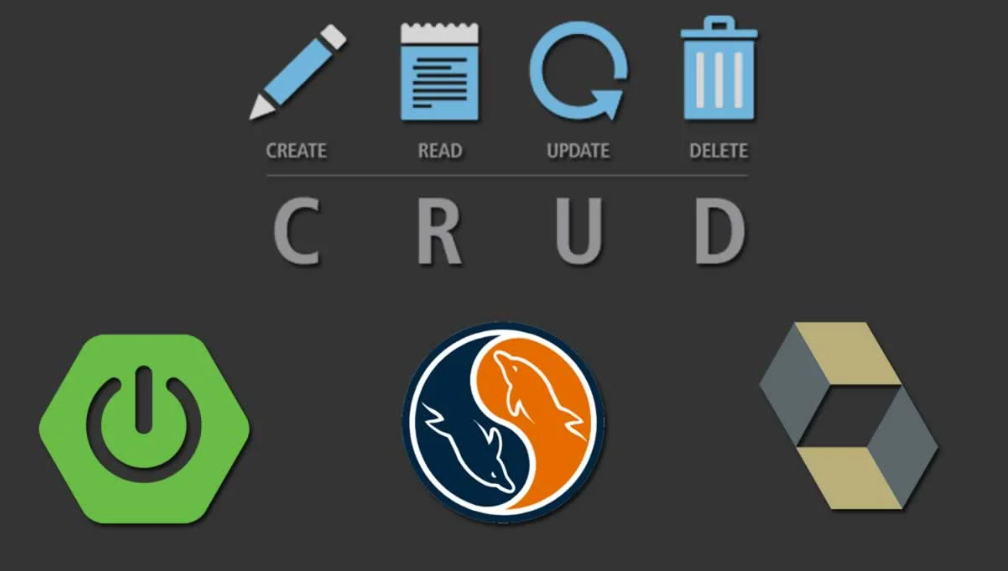Building a CRUD (Create, Read, Update, Delete) application with Java, Spring Boot, and Hibernate is a common approach for developing database-driven web applications. Spring Boot simplifies the setup and configuration, while Hibernate provides an object-relational mapping (ORM) framework for interacting with the database. Here’s an overview of the steps involved:
- Set up the Development Environment:
Install Java Development Kit (JDK) and an Integrated Development Environment (IDE) such as Eclipse, IntelliJ IDEA, or Visual Studio Code. - Create a New Spring Boot Project:
Use either the Spring Initializr (https://start.spring.io/) web tool or your IDE to create a new Spring Boot project. Specify the required dependencies, including Spring Web, Spring Data JPA, and any additional dependencies for your database. - Define Entity Classes:
Define your domain model by creating entity classes that represent the data entities in your application. Annotate the classes with Hibernate annotations like@Entity,@Table,@Id, and others to map them to database tables. - Set up Database Configuration:
Configure the database connection properties in the application configuration file (application.propertiesorapplication.yml). Set the appropriate database driver, URL, username, password, and other necessary configurations. - Create Repository Interfaces:
Create repository interfaces that extend theJpaRepositoryorCrudRepositoryinterfaces provided by Spring Data JPA. These interfaces will provide basic CRUD operations for your entity classes without requiring explicit implementation. - Implement Service Classes:
Implement service classes that encapsulate the business logic of your application. These classes interact with the repository interfaces and perform operations on the entities. Implement the necessary methods for creating, reading, updating, and deleting data. - Create REST Controllers:
Create REST controllers that define the API endpoints for your CRUD operations. Annotate the controller classes with@RestControllerand the individual methods with appropriate annotations like@GetMapping,@PostMapping,@PutMapping, and@DeleteMapping. - Handle Request Mapping and Validation:
Map incoming requests to the appropriate controller methods using annotations like@RequestMapping,@PathVariable,@RequestParam, etc. Perform validation on the incoming requests using validation annotations like@Validand@RequestBody. - Test the Application:
Write unit tests and integration tests to verify the functionality of your application. Use testing frameworks like JUnit or TestNG to test different scenarios and ensure that the CRUD operations work as expected. - Run and Deploy the Application:
Build and run your Spring Boot application either from the command line or using your IDE. Package the application into a deployable artifact (JAR or WAR file) and deploy it to a servlet container or cloud platform. - Test the CRUD Operations:
Use tools like cURL, Postman, or Swagger to test your CRUD API endpoints. Perform Create, Read, Update, and Delete operations on your entities and verify that the data is correctly persisted and retrieved from the database. - Monitor and Maintain the Application:
Monitor the application’s performance, handle errors, and perform regular maintenance tasks. Consider using logging frameworks like Log4j or SLF4J to track application events and troubleshoot issues.
By following these steps, you can build a CRUD application using Java, Spring Boot, and Hibernate. This approach allows you to quickly develop a scalable and efficient web application with database persistence.



